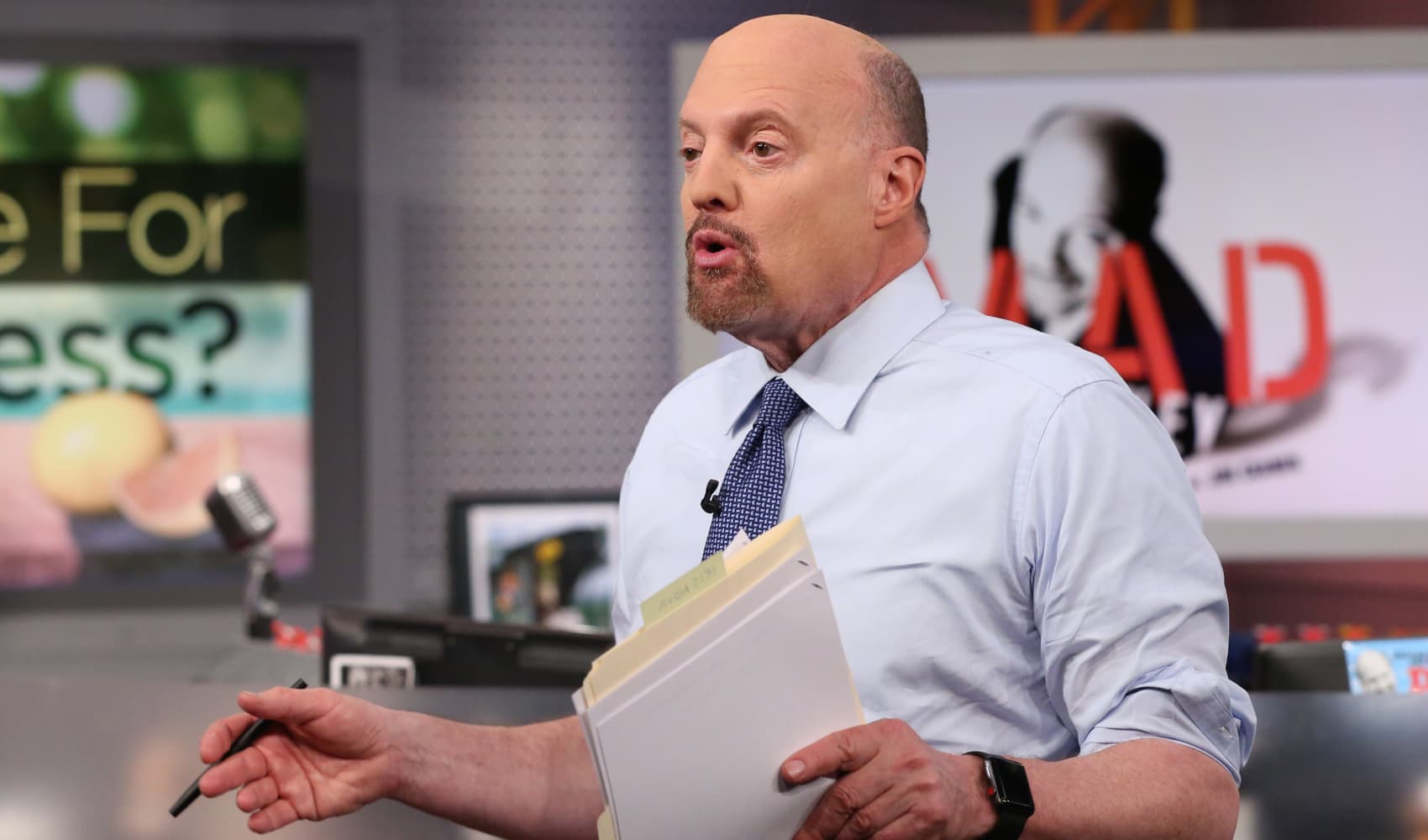
- A new IRS rule may allow bigger penalty-free withdrawals for early retirees.
- The guidance applies to substantially equal periodic payments, or 72(t), a series of distributions for five years or until age 59½, whichever is longer.
- However, investors need to weigh all options, including the rule of 55, financial experts say.
One of the pain points of early retirement is limited access to your nest egg before age 59½ without incurring a 10% penalty. While a new IRS rule makes it easier to tap more penalty-free money, you still need to weigh your options, financial experts say.
Generally, early pre-tax 401(k) or individual retirement account withdrawals trigger a 10% penalty on top of levies, with several exceptions, including so-called substantially equal periodic payments, or SEPPs, a series of distributions for five years or until age 59½, whichever is longer. These payments are also known as 72(t).
"SEPPs have always been a little-known but effective strategy," said certified financial planner Jeff Farrar, executive managing director of Procyon Partners in Shelton, Connecticut, explaining the appeal for a retiree in their early 50s with a substantial balance.
Get San Diego local news, weather forecasts, sports and lifestyle stories to your inbox. Sign up for NBC San Diego newsletters.
Your SEPPs use one of three calculation methods, factoring in your account balance, a "reasonable interest rate" and you and the account beneficiary's ages.
While the IRS previously capped interest to match the previous two months' federal mid-term rates, you can now use a higher rate of 5%, according to new guidance, significantly boosting payments.
Money Report
For example, let's say you have a $1,000,000 account balance and you're age 50 with a 45-year-old spouse who is the beneficiary. For January 2022, the rate was 1.56%, for a maximum SEPP distribution of $36,151 per year. However, the new 5% rate boosts the annual payment to $59,307.
"It works fine as long as the client understands they need to maintain that exact draw for the required time," Farrar said.
However, if you don't follow the rules, you'll owe a 10% penalty on all of your payments, with possible underpayment fees and interest.
The rule of 55
While bigger withdrawals may be attractive, there may be a better option if you're age 55 or older with a 401(k) permitting early withdrawals, said Brian Schmehil, a CFP and senior director of wealth management at The Mather Group in Chicago.
That's because of another 10% penalty exception, known as the "rule of 55," allowing you to skip early withdrawal fees from your current 401(k) or 403(b) when leaving a job at age 55 or after. And some public service workers may qualify at age 50.
One advantage of the rule of 55 is there isn't a set payment schedule or amount. "The strategy is more flexible than a 72(t) distribution and will still avoid the 10% early withdrawal penalty," Schmehil said, assuming your plan allows it.
Of course, you'll want to run projections to be sure you can afford early retirement with either strategy, he said. Then, you can work with a financial advisor and tax professional to minimize levies and 10% penalties.






